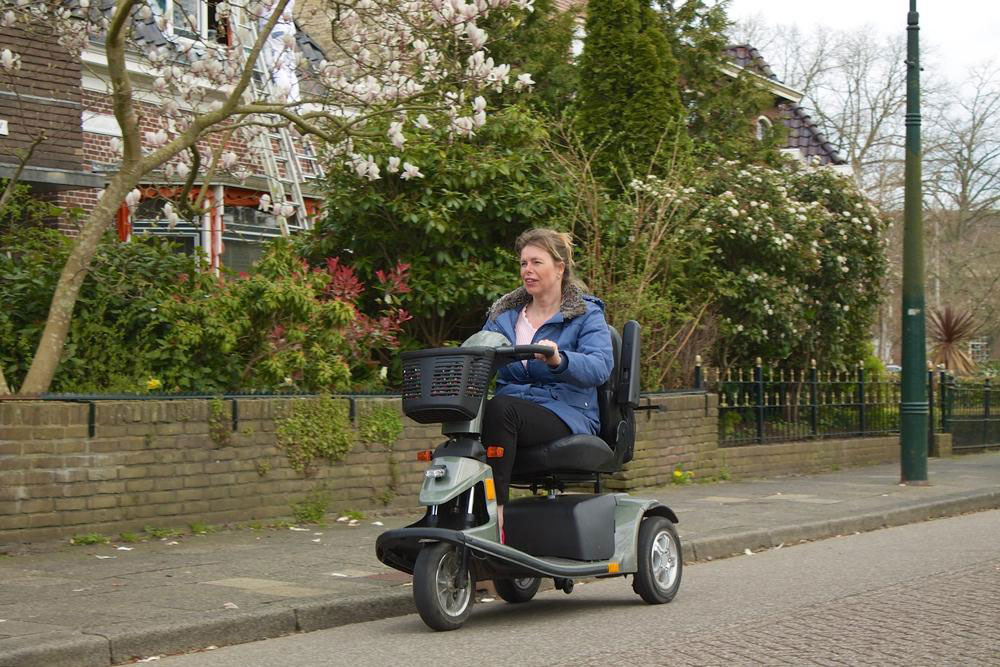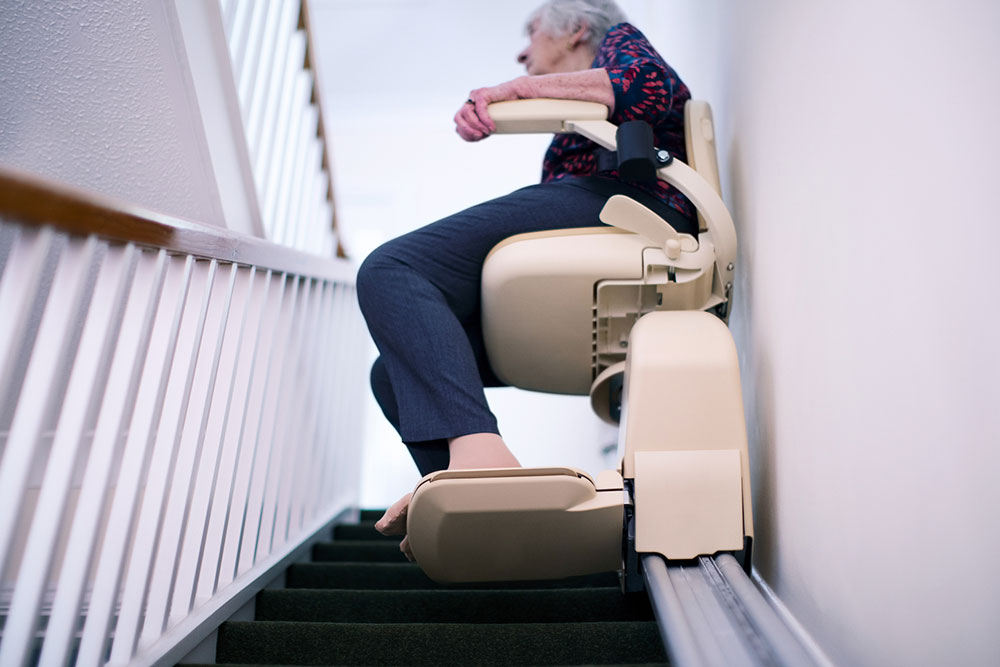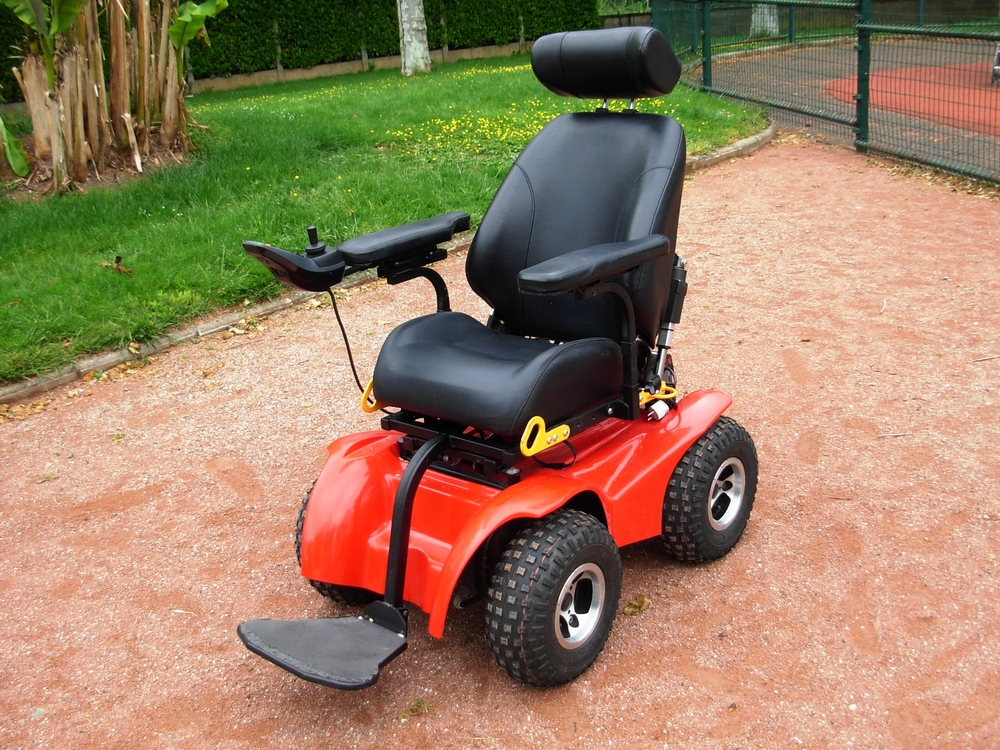Ultimate Overview of Electric Mobility Scooters: Benefits, Usage, and Safety
This comprehensive guide explores electric mobility scooters, highlighting their benefits, features, usage rules, and maintenance. Designed for individuals with mobility challenges, these scooters empower independence, improve safety, and facilitate active lifestyles while addressing considerations like costs and environmental factors. Learn everything you need to know to choose and operate an electric mobility scooter safely and effectively, enhancing mobility and quality of life.

Complete Guide to Electric Mobility Scooters
Electric mobility scooters have become essential assistive devices that significantly enhance independence for individuals facing mobility challenges. These compact, motorized vehicles resemble small bikes and are designed to provide mobility beyond what a person can achieve by walking alone. Commonly referred to as electric wheelchairs or powered scooters, they are engineered with seats mounted on three, four, or five wheels, offering stability and comfort. Their design priorities include ease of use, safety, and portability, making them a vital tool for elderly individuals, those recovering from injury, or anyone with mobility impairments.
The primary power source of these scooters is a rechargeable battery system. Modern electric mobility scooters come with onboard chargers that connect to standard electrical outlets, allowing users to recharge conveniently at home or at designated charging stations. Some models accommodate external chargers, providing flexible charging options in public spaces or workplaces. Since their inception in 1954 by Sears, which developed an electric wheelchair prototype, these devices have evolved considerably, with electric models now dominating the mobility aids market over gasoline-powered alternatives due to their environmental benefits, ease of maintenance, and quiet operation.
Electric mobility scooters are particularly beneficial because they enable individuals with limited mobility to retain their independence and participate actively in daily life. They extend mobility beyond walking distances, allowing users to shop, visit friends, attend appointments, and enjoy outdoor activities without excessive physical strain. Additionally, by reducing the risk of falls and conserving energy, these scooters help improve overall safety and comfort. For persons recovering from injuries or surgeries, they provide a means to rebuild confidence in movement while minimizing physical stress. Their ease of operation, combined with ergonomic seating and adjustable controls, makes them accessible to a broad range of users, including those with limited upper body strength.
However, owning and operating an electric mobility scooter involves certain responsibilities and considerations. Regular maintenance is essential to ensure safe and reliable performance, which includes checking battery health, tire pressure, brakes, and electrical connections. Battery replacements are inevitable over time, and users should be prepared for potential costs associated with upkeep. While these devices offer significant independence, their size can pose storage challenges in small homes or vehicles, and they may not be suitable for all environments. Water sensitivity can also affect their durability, requiring users to take precautions during adverse weather conditions.
Usage rules for electric mobility scooters vary by region, but generally, scooters traveling under 4 miles per hour (mph) are permitted on pavements, facilitating safe navigation in crowded urban areas. However, they are typically prohibited on dedicated cycle paths or high-speed routes, emphasizing the importance of understanding local traffic regulations to ensure safety and compliance. The recommended minimum age for users is usually 14 years old, though eligibility depends on individual physical ability and comfort in handling the device. Training and familiarity with controls are crucial for safe operation, especially for new users or those unfamiliar with motorized assistive devices.
Key benefits of electric mobility scooters include fostering independence, reducing fall risks, conserving energy, and supporting recovery and rehabilitation efforts. Their design promotes safety and ease of use, making them suitable for daily use by a wide range of users. Nevertheless, limitations such as the high upfront costs, ongoing maintenance needs, size restrictions, and vulnerability to environmental factors must be considered. Properly understanding the rules of operation and selecting the right model for individual needs can maximize benefits and safety. With advancements in battery technology and design, electric mobility scooters continue to evolve, offering enhanced performance, longer range, and improved user experience.
In summary, electric mobility scooters are a transformative mobility aid that empowers individuals with limited mobility to lead more active, independent lives. They are adaptable, safe, and increasingly accessible, making them an indispensable part of modern personal mobility solutions. Whether used for daily errands, social activities, or recreational outings, these devices can significantly improve quality of life when chosen and used appropriately. As technology advances and awareness grows, electric mobility scooters are expected to become even smarter, safer, and more user-friendly, helping users navigate their world with confidence and freedom.





